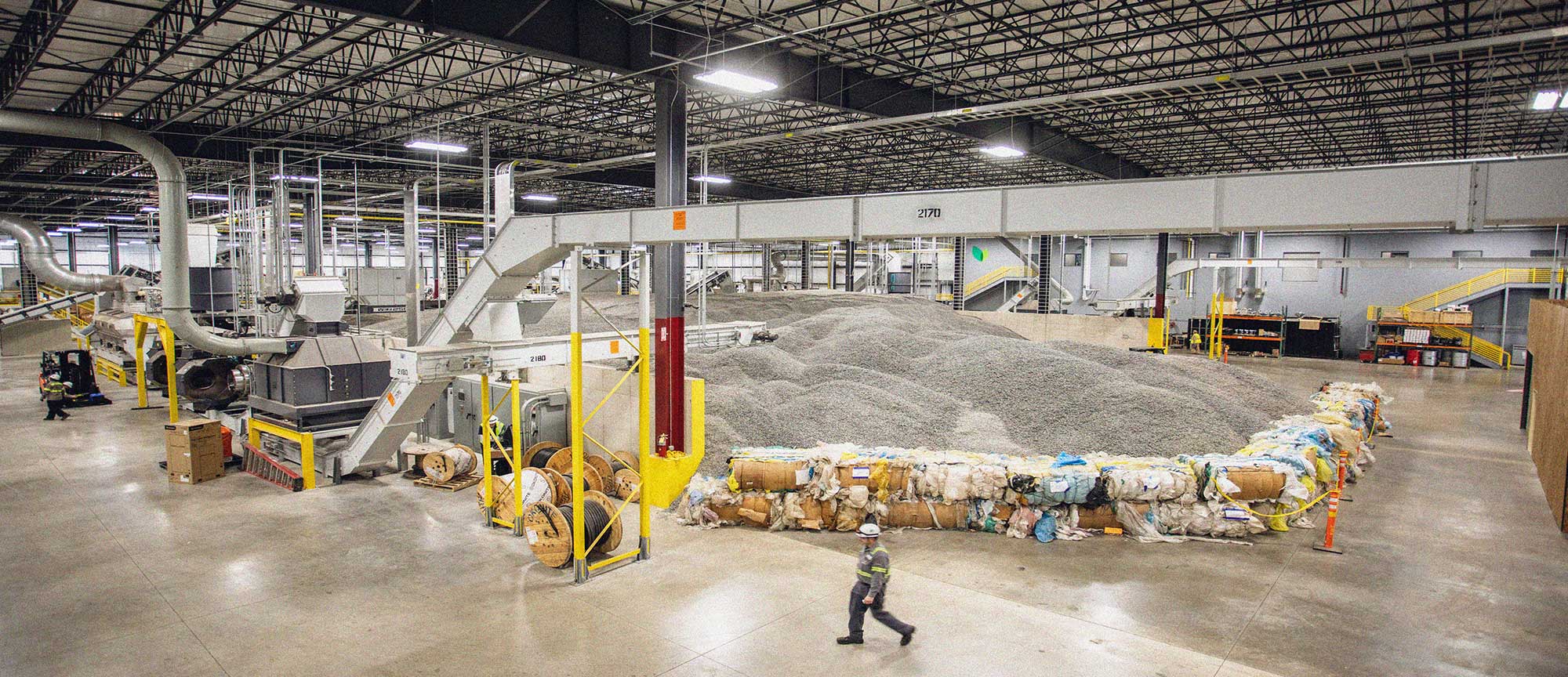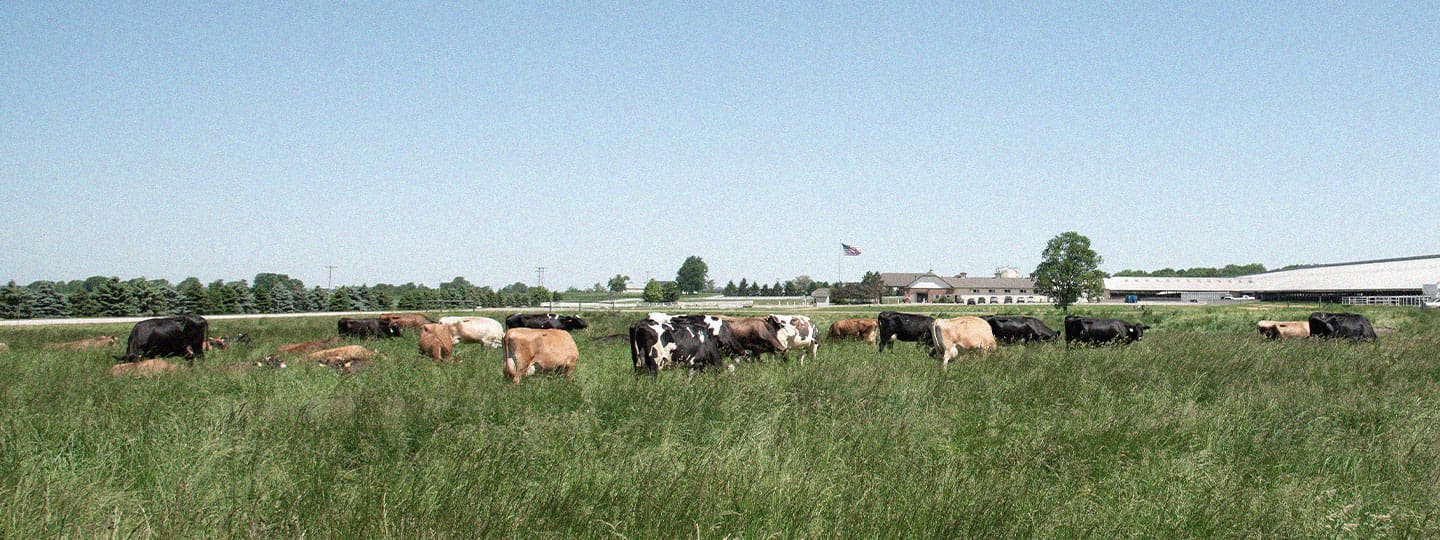This feature was originally published on Porch Warranty. See the feature here.
Food waste is a global issue with significant environmental, economic, and social consequences. In the United States alone, up to 40% of the food supply goes uneaten, amounting to approximately 63 million tons of food waste yearly. This waste contributes to greenhouse gas emissions and resource depletion and represents a missed opportunity to feed the nearly 38 million Americans who struggle with food insecurity.
While reducing food waste may seem difficult, one often overlooked aspect is the role of household appliances. Refrigerators, freezers, and other kitchen appliances can significantly impact the longevity and quality of stored food, making them a key factor in minimizing food waste at the consumer level. By optimizing the use of these appliances and adopting best practices for food storage, households can make a meaningful contribution to reducing food waste and its associated environmental and social costs.
Food waste and its impact
Food waste is the discarding or waste of edible food that could have been consumed. This can be due to spoiled food, exceeding its expiration date, or oversupply. This waste has significant environmental repercussions, contributing to greenhouse gas emissions, inefficient land use, and resource depletion.
Economic and environmental costs
In the US, food waste costs the average family approximately $1,500 per year. The environmental impact is profound on a larger scale, with wasted food accounting for 21% of landfill volume and emitting harmful methane gas as it decomposes.
Common causes of food waste in households
Overbuying: Purchasing more food than needed leads to expiration before consumption.
Improper storage: Inadequate storage conditions can prevent food from spoiling prematurely.
Lack of meal planning: Not planning meals can result in unused ingredients going to waste.
Misinterpretation of expiration dates: Many discard food prematurely based on date labels rather than actual spoilage.
Portion control: Serving sizes that are too large often lead to leftovers being thrown away.
Appliances malfunction: When refrigerators, freezers, and ovens operate inefficiently, they fail to maintain the proper conditions for food storage and preparation.
Appliances for food storage and preservation
From refrigerators to compost machines, each appliance significantly extends the shelf life of food items and reduces unnecessary waste. Regular maintenance and cleaning will keep your appliances in optimal condition, avoiding repair and replacement costs and making them last longer.
Refrigerators and freezers
Refrigerators and freezers are essential for storing perishable items and extending their freshness. To optimize these appliances, ensure proper temperature settings – refrigerators at 37-40°F (2-4°C) and freezers at 0°F (-18°C) or below. Organize items for easy access, rotate food to use older items first, and keep the interiors clean to prevent odors and contamination. Regularly defrost freezers and check seals for airtight closure to maintain efficiency.
Repair costs:
- Minor repairs like fixing a seal or replacing a thermostat: $100-$300
- Major repairs like compressor replacement: $300-$800+
Replacement cost:
- Basic models: $500-$1,500
- High-end models with advanced features: $1,500-$4,000+
Dehydrators and vacuum sealers
Dehydrators remove moisture from food, preserving it for longer periods. Optimize their use by slicing food uniformly, spacing pieces evenly, and following recommended drying times. Vacuum sealers remove air from packaging, preventing spoilage. Seal foods in appropriate portions to avoid unnecessary waste and label packages with dates for easy tracking.
Repair cost:
- Dehydrator heating element replacement: $20-$50
- Vacuum sealer gasket replacement: $10-$30
Replacement cost:
- Dehydrators: $50-$300
- Vacuum sealers: $50-$200
Canning equipment
Canning equipment allows for the long-term preservation of fruits, vegetables, and other foods. Follow proper canning procedures, use quality jars and lids, and store canned goods in a cool, dark place. Regularly inspect jars for signs of spoilage and consume within recommended timeframes.
Repair cost:
- Replacement parts like lids or seals: $5-$20
- Pressure canner gauge replacement: $10-$30
Replacement cost:
- Water bath canners: $20-$50
- Pressure canners: $50-$200
Compost machine and garbage compactor
Compost machines convert food scraps into nutrient-rich compost for gardening. They can also be used for organic waste, reducing landfill contributions. Garbage compactors minimize the space taken by trash. Properly maintain these appliances to prevent clogs and odors and separate waste for efficient disposal.
Repair cost:
- Compost machine motor replacement: $50-$200
- Garbage compactor switch replacement: $20-$50
Replacement cost:
- Compost machines: $100-$500
- Garbage compactors: $200-$800
Maintenance tips
To keep these appliances in optimal condition, consider the following:
Regular cleaning: Use mild detergent and water to clean the interiors and exteriors of appliances. Pay special attention to seals, gaskets, and crevices where dirt and food particles accumulate.
Filter and seal replacement: Check and replace filters, seals, and gaskets as the manufacturer recommends or when signs of wear or damage are visible. Proper seals are key for maintaining temperature and efficiency.
Defrosting freezers: Monitor ice buildup in freezers and defrost when it exceeds 1/4 inch to ensure proper airflow and temperature regulation. Defrosting also helps maintain energy efficiency. Helping you save on utility costs.
Inspection for issues: Regularly inspect appliances for leaks, unusual noises, or malfunctions. Address any issues promptly to prevent further damage and ensure optimal performance.
Follow manufacturer’s guidelines: This includes recommended cleaning schedules, temperature settings, and any specific care instructions to prolong the appliance’s lifespan.
Extra protection
Shielding your appliances with a home warranty can be a game-changer in cutting down on food waste. This type of warranty covers repairing or replacing your appliances against unexpected breakdowns. By ensuring your appliances are well taken care of and swiftly fixed when issues arise, a home warranty can prevent scenarios where food goes bad due to faulty equipment.
One of the perks of a home warranty is the financial relief. A warranty significantly reduces these costs rather than dealing with steep repair or replacement bills alone. This aspect is especially helpful in the battle against food waste, as a malfunctioning fridge or stove can spell disaster for perishable items. With a home warranty, you know your appliances are covered, and you’ll save money and cut down on food waste in your household.
Additional tips for avoiding food waste
Beyond optimizing your appliances, there are several other practical tips you can implement to reduce food waste in your household further:
- Plan meals and make a grocery list before shopping to avoid impulse buys and ensure you only purchase what you need.
- Embrace meal prepping by cooking larger batches of staple ingredients like grains, proteins, and roasted vegetables at the beginning of the week. This makes assembling quick, healthy meals a breeze.
- Properly store produce by keeping items like leafy greens, herbs, and mushrooms in the fridge in a glass container lined with a damp paper towel. Tomatoes, avocados, and bananas do better at room temperature.
- Use your freezer to extend the shelf life of meats, baked goods, and even cooked meals. Freeze items in portion sizes to make defrosting easier.
- Grow your own vegetable or spice garden to have a steady supply of fresh produce and herbs at your fingertips. A small patio or balcony can accommodate several pots of herbs, tomatoes, or leafy greens.
- Take advantage of seasonal produce, which is often more affordable and flavorful. Preserve them by canning, pickling, or freezing.
- Compost food scraps instead of sending them to the landfill. Composting reduces methane emissions and creates nutrient-rich soil for your garden.
- Donate unopened, non-perishable items you know you won’t use to a local food bank or shelter.
Homeowners can significantly reduce food waste by maintaining and appropriately using their appliances. Implementing practical tips such as meal planning, proper storage, and embracing seasonal produce further contributes to this effort. Take action today by incorporating these strategies into your routine to help reduce food waste, maintain your appliances in optimal conditions, and save money in the long run.





